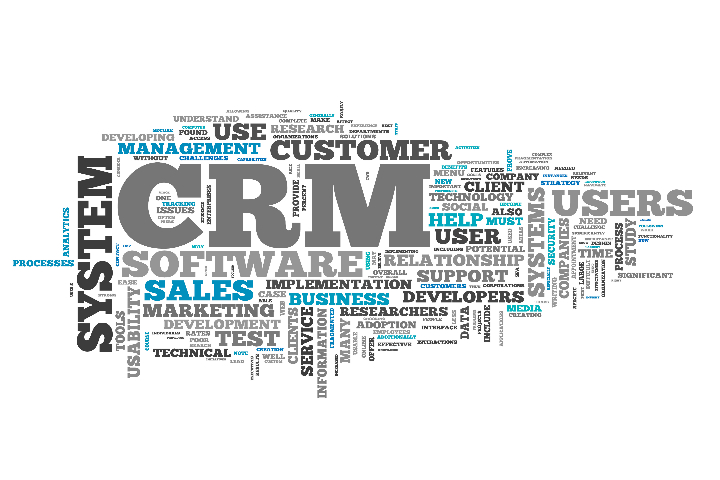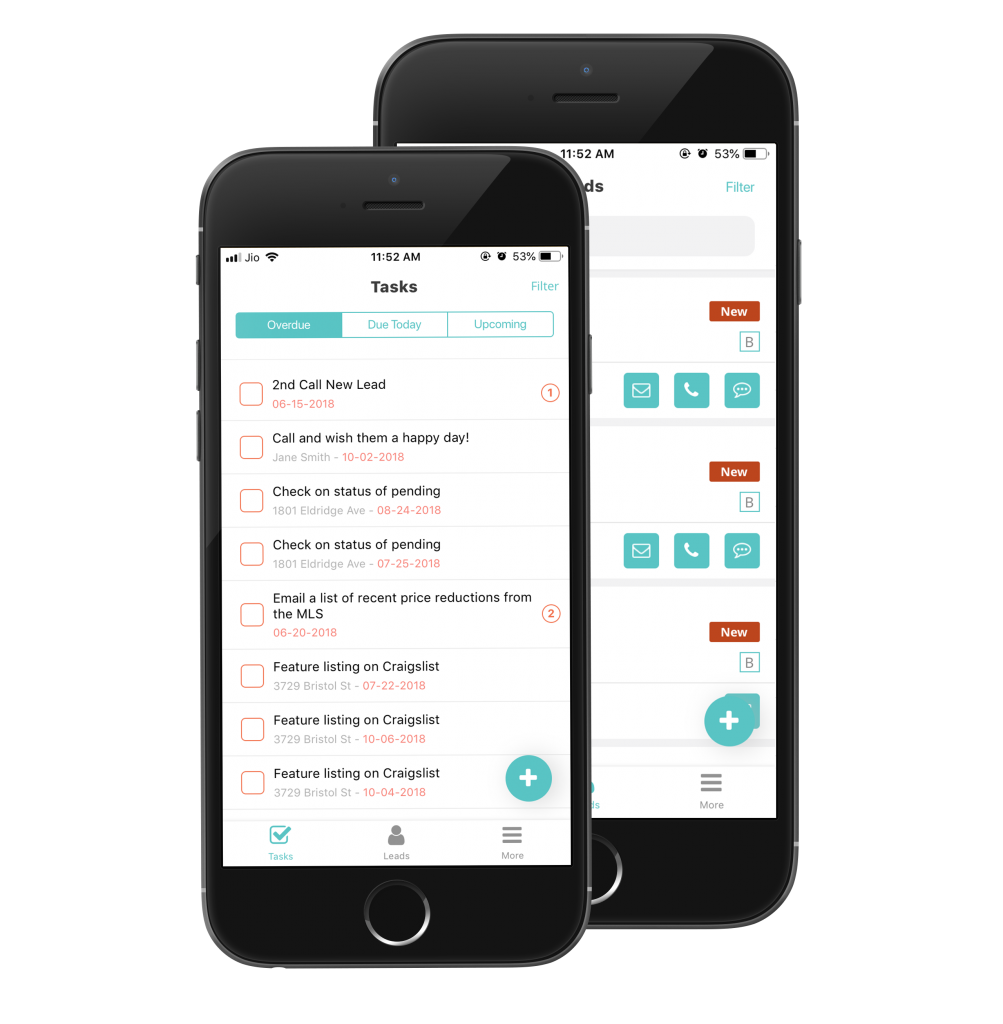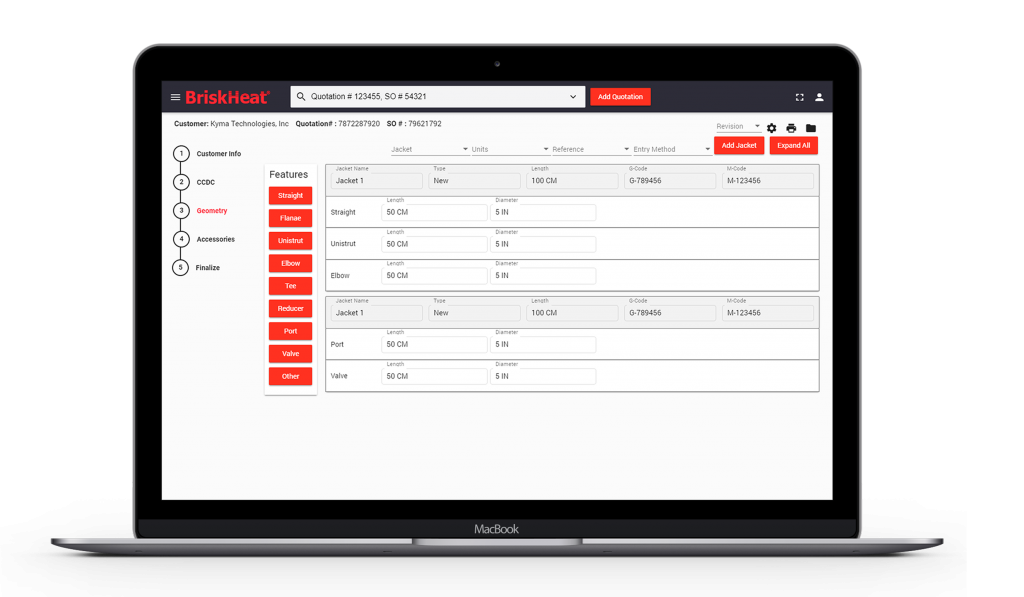I spoke with a CIO recently who shared his own horror story of trying to implement an off-the-shelf CRM and integrate it with their existing ERP. The project cost $5M and took 1 year, but ultimately failed. The reason: lack of proper planning and gathering of requirements.
CRMs are the fastest growing area of business technology with projections of CRM software becoming an $80 billion industry by 2025. But, the more I travel in business circles these days, the more convinced I am that CRM implementation is a slippery slope. Failure rates still hover between 30% to 70%, and are reported to be as high as 90% in some circles. Reasons range from integration issues, budget overruns, lack of data integrity, technology limitations, you name it.
If you’re an organization looking to implement a CRM but have heard too many horror stories and are unsure whether to build or buy, what do you do? If you’re a CIO or IT Director who is looking for ways to empower your IT, sales, and marketing teams to connect and communicate more seamlessly, how do you move ahead?
I’ve put together a list of what I see as the most important steps to properly implementing a customized CRM solution that increases customer happiness and ROI.
Most companies outgrow their standard CRMs
Let’s say you chose Salesforce as your CRM; you can do a lot of customization out of the gate, but you have to consider that with each new added feature the price point grows exponentially. Eventually, you have to run the numbers and realize you might as well build your own CRM from scratch; that’s when it becomes a matter of “value versus cost.”
At this point, you must ask yourself, “Are my needs fairly standard?” If yes, then the out-of-the-box solution is probably the best fit. But if you have numerous non-standard business requirements, you will need a lot of customization, which means your costs will skyrocket. And, not to mention, at the end of the day you’re still locked in with that particular CRM.
In my experience, many companies start with a standard CRM but then outgrow it and end up trying to fit it into their needs instead of the other way around.
Avoid integration nightmares (example)
When Brivity approached us for help with designing a customized CRM platform for real estate agents and buyers, there were serious problems in the customer lifecycle. Appointments got missed, listings and open houses were not well marketed, and administrators didn’t know what their agents were doing.
In order to design a customized mobile CRM solution for Brivity, we had to carefully look at the company’s entire infrastructure to understand how all of its existing systems such as cloud, phone, email, calendar, marketing automation, social media, and ERP worked. And then we had to design a CRM that would sync together seamlessly with these systems to create an extraordinary customer service; no easy task to be sure!
Getting systems to sync together is equivalent to breaking down silos and making it easier for people, processes, and technologies to work in unison. Out-of-the-box CRMs are not frequently designed to bring sales people and engineers together to share and communicate build releases, inventory counts, or part numbers. But we lead the way by designing the CRM for the company, not the company for the CRM.
Is your CRM mobile-enabled?
Mobile CRM has come of age, and mobile web versions of popular CRMs are now the norm.Today’s reality is that everyone engaging with CRMs are on the go and need instant access to their dashboards.
Creating push notifications and web alerts is a critical means for keeping your users updated on all the important things happening within the customer lifecycle. The ability to send instant messages to your customers whenever they are online and wherever they may be is a critical part of today’s digital transformation.
The CRM should be the central source of truth
More employees than ever also waste time navigating ERP, CRM, and multiple other systems, struggling to find what they’re looking for while sacrificing their data integrity in the process.
The issue is a big one across organizations today; instead of empowering teams, the rapid spread of data silos is creating a Tower of Babel syndrome where different teams work at odds because they don’t share the same data language.
This is why, for a growing number of organizations today, the issue is clear: the CRM should be the central source of truth. In other words, when building your data pipeline, the veracity of the information should be determined by those who are most important to the business at the end of the day: your customers.
Put your people before process (example)
A customized CRM solution today is as much about ROI as it is about creating transparency at all levels of the customer lifecycle, from the initial sales contact to the engagement calls to the final sale. And this is all about ensuring your sales team and engineers are in frequent communication to provide the most value for the customer.
Let me illustrate this from one of our clients Briskheat, which provides thermal heating solutions for manufacturing and production clients. They approached us because they needed an upgraded CRM to enable their engineers to more efficiently gather customer requirements.
Now, with the new and improved mobile CRM, Briskheat engineers go to the plant and use the mobile CRM to take pictures of the client’s environment. From there, customer information is captured, tagged, and sent along to the sales people. Now, as never before, mobile data is redefining the lead generation process.
This highlights the important way our customized CRM is providing a new level of transparency by building customer workflows that increase overall efficiency, ROI, and customer satisfaction.
What next?
Choosing a CRM is a major undertaking for any organization. If done right, it can bring a great deal of value to a company in terms of increased efficiencies, better productivity, and improved ROI. But if done wrong, it can be a never-ending source of frustration and lost revenue.
How your CRM integration goes depends so much on proper planning and alignment right out of the gate. Practicing these recommended tips upfront can radically improve your chances of achieving a successful CRM strategy that transforms your entire customer lifecycle.
Perhaps you’re feeling stuck and unsure about whether to “buy or build” a CRM. We can help! We have a longstanding track record of helping organizations, just like yours, implement customized CRM solutions that can transform your business. Improved employee morale, broken down silos, modernized workflows, and happy customers are just a few of the many benefits our CRM solutions can provide you. Give us a call today to find out more!
Related Posts
Nothing found.
Let’s talk!
We’d love to hear what you are working on. Drop us a note here andwe’ll get back to you within 24 hours
You might also like
Stay ahead in tech with Sunflower Lab’s curated blogs, sorted by technology type. From AI to Digital Products, explore cutting-edge developments in our insightful, categorized collection. Dive in and stay informed about the ever-evolving digital landscape with Sunflower Lab.






